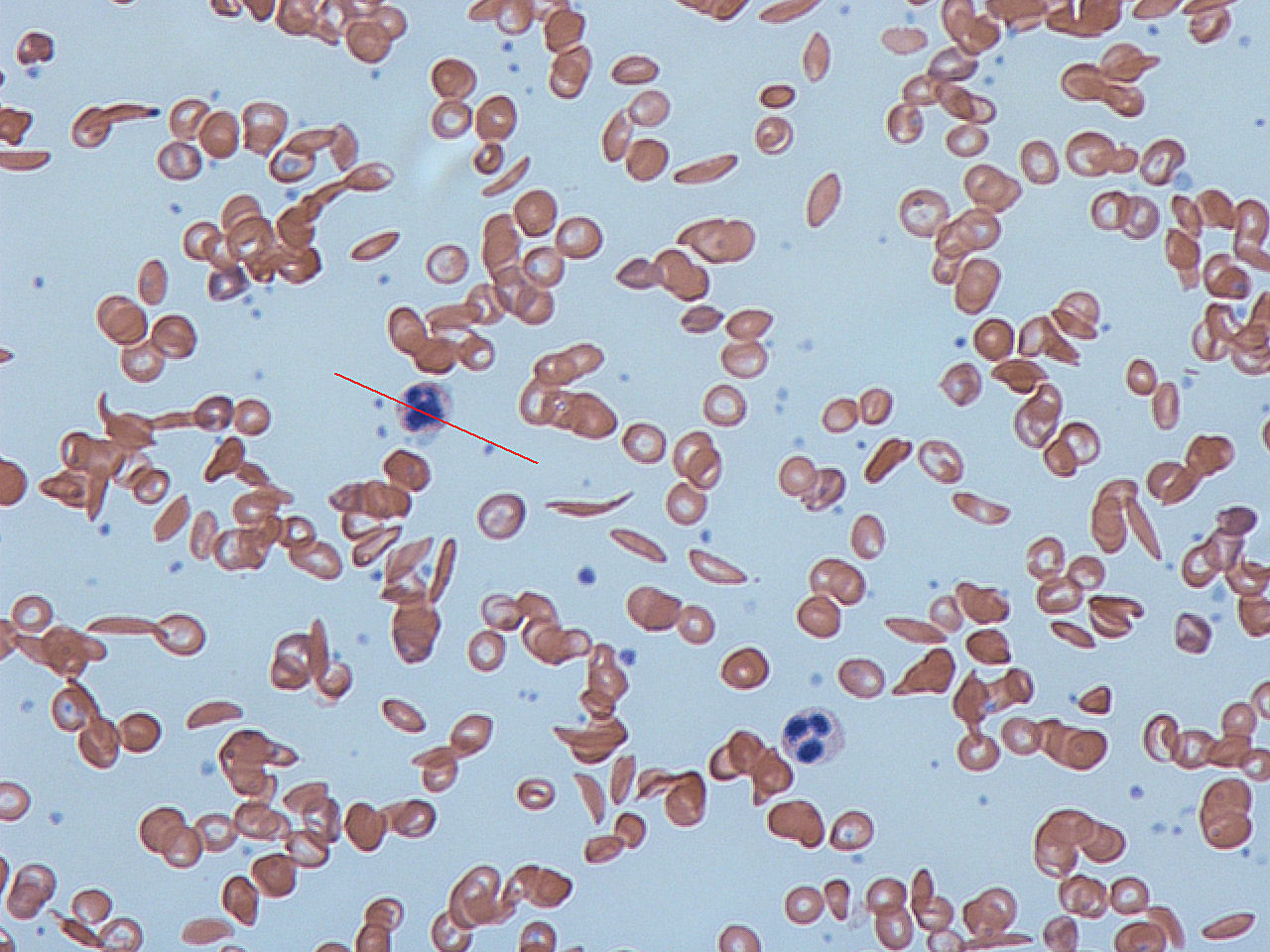
Hemoglobinopathy refers to a group of blood disorders affecting hemoglobin, the protein in red blood cells responsible for carrying oxygen. These disorders can lead to various health issues, including anemia, fatigue, and organ damage. Sickle cell disease and thalassemia are two well-known types of hemoglobinopathies. Understanding these conditions is crucial for managing symptoms and improving quality of life. This article will provide 50 facts about hemoglobinopathy, shedding light on its causes, symptoms, treatments, and impact on daily life. Whether you're a student, a healthcare professional, or someone affected by these conditions, you'll find valuable information here.
Key Takeaways:
- Hemoglobinopathy is a group of genetic disorders affecting red blood cells, leading to symptoms like anemia, pain, and complications like stroke. Early diagnosis and proper treatment are crucial for managing the condition.
- Living with hemoglobinopathy requires ongoing care, including regular check-ups, vaccinations, balanced diet, and staying hydrated. Support groups and education about the condition empower patients and families.
What is Hemoglobinopathy?
Hemoglobinopathy refers to a group of disorders affecting the hemoglobin in red blood cells. Hemoglobin is crucial for transporting oxygen throughout the body. These disorders can lead to various health issues, some mild, others severe.
- Hemoglobinopathies are genetic disorders.
- They primarily affect the hemoglobin molecule in red blood cells.
- Hemoglobinopathies include conditions like sickle cell disease and thalassemia.
- These disorders are inherited from parents.
- Mutations in the HBB gene often cause hemoglobinopathies.
- Hemoglobinopathies are more common in certain ethnic groups.
- Sickle cell disease is prevalent among African Americans.
- Thalassemia is common in Mediterranean, Middle Eastern, and Asian populations.
- Hemoglobinopathies can be diagnosed through blood tests.
- Newborn screening programs can detect these disorders early.
Types of Hemoglobinopathies
There are several types of hemoglobinopathies, each with unique characteristics and health implications. Understanding these types helps in managing and treating the conditions effectively.
- Sickle cell disease is a type of hemoglobinopathy.
- Thalassemia is another major type.
- Hemoglobin C disease is a less common type.
- Hemoglobin E disease is prevalent in Southeast Asia.
- Hemoglobin D disease is rare but found in some populations.
- Sickle cell trait occurs when a person inherits one sickle cell gene.
- Beta-thalassemia major is the most severe form of thalassemia.
- Alpha-thalassemia can range from mild to severe.
- Hemoglobin H disease is a form of alpha-thalassemia.
- Compound heterozygotes have two different abnormal hemoglobin genes.
Symptoms and Complications
Hemoglobinopathies can cause a range of symptoms and complications. These can vary widely depending on the specific disorder and its severity.
- Anemia is a common symptom of hemoglobinopathies.
- Fatigue and weakness often accompany anemia.
- Pain episodes are frequent in sickle cell disease.
- Thalassemia can cause bone deformities.
- Growth delays are common in children with severe thalassemia.
- Jaundice can occur due to the breakdown of red blood cells.
- Splenomegaly, or an enlarged spleen, is a possible complication.
- Frequent infections can occur due to spleen dysfunction.
- Stroke is a severe complication of sickle cell disease.
- Iron overload is a risk in patients receiving frequent blood transfusions.
Diagnosis and Treatment
Early diagnosis and appropriate treatment are crucial for managing hemoglobinopathies. Various methods and treatments are available to help patients lead healthier lives.
- Hemoglobin electrophoresis is a common diagnostic test.
- Genetic testing can confirm the diagnosis.
- Prenatal testing is available for at-risk pregnancies.
- Blood transfusions are a common treatment for severe cases.
- Iron chelation therapy helps manage iron overload.
- Hydroxyurea is a medication used to reduce sickle cell crises.
- Bone marrow transplants can cure some hemoglobinopathies.
- Gene therapy is an emerging treatment option.
- Regular monitoring is essential for managing these disorders.
- Supportive care, including pain management, is crucial.
Living with Hemoglobinopathy
Living with a hemoglobinopathy requires ongoing care and lifestyle adjustments. With proper management, individuals can lead fulfilling lives.
- Regular check-ups with a hematologist are important.
- Vaccinations help prevent infections.
- A balanced diet supports overall health.
- Staying hydrated can reduce sickle cell crises.
- Avoiding extreme temperatures helps manage symptoms.
- Physical activity should be balanced with rest.
- Support groups provide emotional and social support.
- Education about the condition empowers patients and families.
- Genetic counseling is beneficial for family planning.
- Advances in research continue to improve treatment options.
Hemoglobinopathy: Key Takeaways
Hemoglobinopathy, a group of blood disorders, affects millions globally. Understanding these conditions, like sickle cell disease and thalassemia, is crucial for early diagnosis and effective treatment. Genetic mutations in hemoglobin genes cause these disorders, leading to symptoms like anemia, fatigue, and pain crises. Regular screenings, genetic counseling, and advancements in treatments, such as gene therapy, offer hope for those affected.
Awareness and education about hemoglobinopathy can improve the quality of life for patients. Support networks and advocacy groups play a vital role in providing resources and emotional support. By staying informed and proactive, individuals and families can better manage these conditions.
Remember, knowledge is power. The more we learn about hemoglobinopathy, the better equipped we are to support those living with these challenging disorders. Stay curious, stay informed, and continue to spread awareness.
Frequently Asked Questions
Was this page helpful?
Our commitment to delivering trustworthy and engaging content is at the heart of what we do. Each fact on our site is contributed by real users like you, bringing a wealth of diverse insights and information. To ensure the highest standards of accuracy and reliability, our dedicated editors meticulously review each submission. This process guarantees that the facts we share are not only fascinating but also credible. Trust in our commitment to quality and authenticity as you explore and learn with us.
